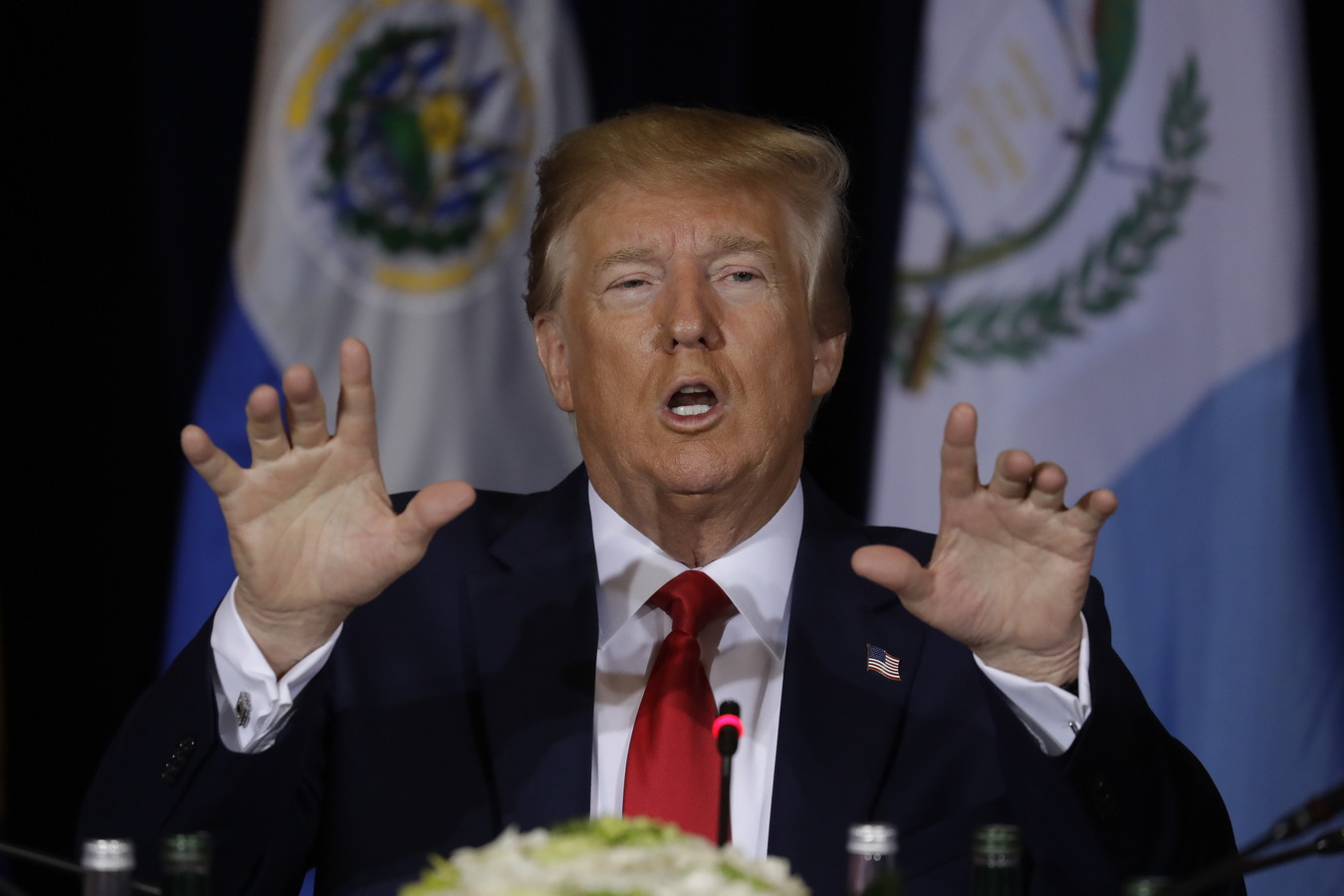At Last, U.S. Recognition of its National Interest in Latin America
At Last, U.S. Recognition of its National Interest in Latin America
In FT's beyondbrics, AS/COA’s Christopher Sabatini writes that the Obama administration has sought a “new-found effort to buttress diplomacy with economic promise” in Latin America.
It’s become a common refrain: US influence in the western hemisphere is on the wane. Whether measured by the US’s commercial weight in the region or its ability to dictate the terms of debate on everything from Cuba to narcotics, there is little doubt that the “Colossus to the North” is confronting a more diverse and at times contentious hemisphere.
President Obama’s trip to Mexico and Costa Rica in May and Vice President Joe Biden’s plans to travel to Brazil, Colombia and Trinidad and Tobago reflect – at long last – the US’s recognition of its national interest in the rising economic and diplomatic powers of its hemisphere and its capacity to influence its current and potential allies.
Policy in the first four years of the Obama administration was marked by nice-sounding rhetoric of partnership and failed efforts to reach out to wayward countries – Bolivia and Ecuador. The Obama administration believed it could win back the region simply by not being the Bush administration and by dedicating high-level diplomatic resources to woo Ecuador – having Secretary of State Hillary Clinton give a major policy speech in Quito – and by negotiating the re-entry of the US Agency for International Development in Bolivia. The first effort was rewarded when Ecuador granted asylum at its embassy in London to Julian Assange, founder of WikiLeaks, and when it led a regional assault to undermine the Inter-American Commission on Human Rights this year. The second effort failed on May 1, when Bolivian President Evo Morales said he was kicking USAID out of his country, again.
The region has changed, and with it the ability of the US to influence individual countries simply by leveraging its development dollars or its regional prestige.
That’s not to say, however, that the US is irrelevant or lacks resources. Despite the rhetoric of populist leaders in Ecuador and Venezuela (and the assumptions of many US commentators), popular opinion in Latin America toward the US remains positive. In central America between 70 and 80 per cent of citizens have favourable opinions of the US; even in Venezuela and Ecuador over 60 per cent of citizens are predisposed to liking the yanquis.
In the economic realm, across the hemisphere, the US has declined in absolute and in some cases in relative terms as an exporter to Latin American and as a market for its exports – but not by as much as many media accounts would have you believe. For example, in Brazil in 1995, the US provided 21 per cent of imports and bought 21 per cent of exports; by 2011 that had declined to 15 per cent and 10 per cent, respectively. It was the same in Chile, where imports from the US dropped from 25 per cent in 1995 to 20 per cent by 2011, and the US market for Chilean exports contracted from 14 per cent to 11 per cent in the same period.
Yes, Latin America has joined global markets. But the US remains central, especially for countries with the fastest rates of growth and the greatest long-term potential. That’s no coincidence. Unlike China, the US is a market for Latin America’s higher-end manufactured goods. Mexico has been been particularly good in seizing the advantage of the US market provided by NAFTA to move up the value chain and is now exporting automobiles and aeronautic equipment globally.
The US is now seeking to play this economic card – the power of its market. The countries that President Obama and Vice President Biden have selected to visit and the message they have delivered underscore both the importance of those countries to the US and a new-found effort to buttress diplomacy with economic promise.
Key to this will be negotiation of the Trans-Pacific Partnership. It will unite 11 countries – Australia, Brunei, Canada, Chile, Malaysia, Mexico, New Zealand, Peru, Singapore, the US and Vietnam – representing a combined GDP of almost $21tn (about 30 per cent of world GDP) and $4.4tn in exports of goods and services. The effort has attracted the attention of Japan and South Korea – which, if they join, would bring the the agreement to a total of 40 per cent of global GDP – and Colombia. It’s also provoking envy in Brazil.
So it should. Although Brazil secured the election of Roberto Azevêdo as head of the World Trade Organization, Brazil has only a slim stake in the global free trade economy. One of five members of Mercosur, the southern cone customs union (which last year, curiously, admitted Venezuela), Brazil’s free trade agenda has been tied to that of its sometimes less liberally-inclined neighbours, particularly Argentina. Mercosur, which, as a customs union, requires that member countries negotiate free trade agreements as a bloc, has FTAs with countries or blocs that represent a mere $692bn of GDP. Compare that with the FTAs that Chile has with countries and blocs with a combined GDP of $53tn or Peru, whose FTAs link it to economies with a combined GDP of $50tn.
This week, it was announced that both President Sebastian Piñera of Chile and President Ollanta Humala of Peru will visit Washington to meet President Obama in June. Clearly, the US has seen free trade and its domestic market as a card to play with emerging economic powers in the region, while sending a subtle message to the others that they are free to join in if they like, or wallow in the past.
*Christopher Sabatini is senior director of policy at the Americas Society/Council of the America and editor-in-chief of Americas Quarterly.








